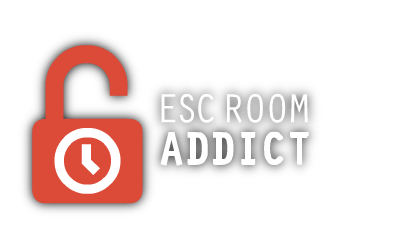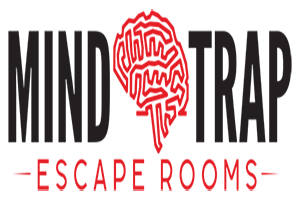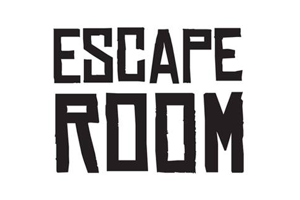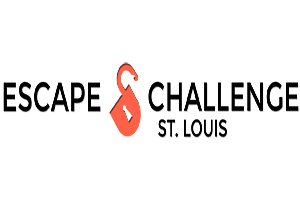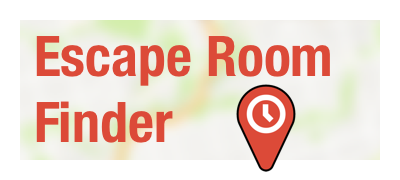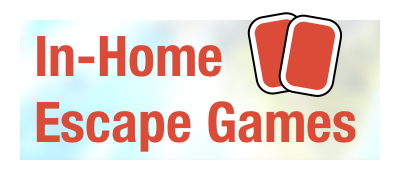Elemental Inquiry and A Philatelist’s Code
Elemental Inquiry and A Philatelist’s Code
- Played December 2020
- 1-2 hours
- 2-4 players
- Subscriptions offered
- What People Say
The first game we played was “Elemental Inquiry”. This game took about 90 minutes to complete. The second game, “A Philatelist’s Code,” (don’t worry if you have to look up what a philatelist is, we had to as well!), was a skill-building postcard taking about 30 minutes for us to complete. The team enjoyed the game and puzzle quality with both installments. The stationary quality, whether it was on parchment or on a postcard, was very good with authentic images and a variety of textures and colours. “A Philatelist’s Code” was one sole postcard of great quality. The most engaging piece for the player in both games was the technology component of the game. The player is provided with a website to use to access hints and to submit their answers on. This interface was incredibly enjoyable and made for a unique experience, even providing the players with a music soundtrack to listen to! The ERA team felt that more of a balance was needed between paper and technology because while the tech interface was great to use, having minimal paper puzzles meant for a lot of screen time and a tech heavy experience. We would love to see the Society of Curiosities find a way to harness this balance between paper and technology to really help the paper tools and documents stand out to highlight their great quality and intricate details.
“Elemental Inquiry” is an installment in a series made by the Society of Curiosities, and while we appreciate the use of the paper and tools provided for the overarching story line, we felt that the immersion experience for “Elemental Inquiry” fell short in comparison to the two other games in the series. While a story is provided for the player, we felt that because of the lack of paper tools and products, and the heavy reliance on technology, that the storyline provided for the player was lost at times. We would love to see the Society of Curiosities be able to augment the immersive experience by connecting this game to the previous two rather than the player feeling as though they were completing puzzles based on a standalone theme. When we played “A Philatelist’s Code”, because this was such a short game, there wasn’t as much opportunity for the player to feel immersed or connected to a story line.
The puzzles in “Elemental Inquiry” were well done and enjoyable to complete! There was a combination of visualisation pattern puzzles and logic puzzles. We would have liked to see more of a variety of puzzles with this game. As the name of the game indicates, there were some wicked puzzles connecting the elements together that were awesome to do! The hint system needs to be commended as well. Rather than having set hints for a puzzle, the player engages with the tech interface and specific hints are based on what the player asks for. This experience was very unique, and very helpful to make the player persevere and use the hint system as an effective puzzle solving tool. “A Philatelist’s Code” was one puzzle to complete, but still made for an enjoyable experience.
Overall, the ERA team had a solid couple of hours playing these two games! Although we would have loved to see a greater variety of puzzles and a more immersive experience, the puzzles given in both games were achievable and fun to complete. Never did we feel at a complete loss, and the excellent hint system and tech interface made asking for hints a fun puzzle in and of itself! We found for the two of us playing that both games would be great for two to four players to complete. We would definitely recommend these games to play as we wait for the next installment from the Society of Curiosities to come out!
Final Verdict: | 6.2/10 |
